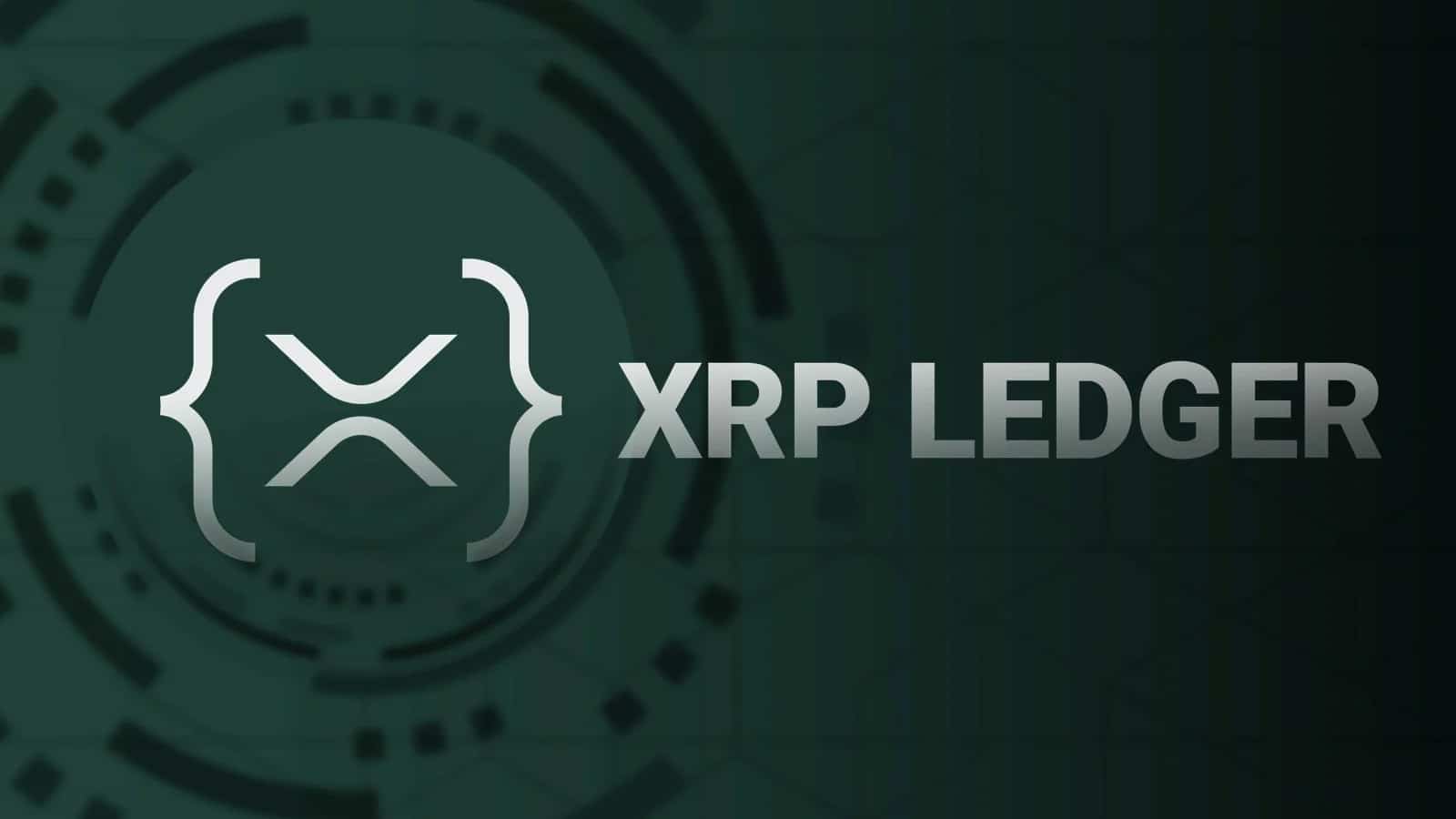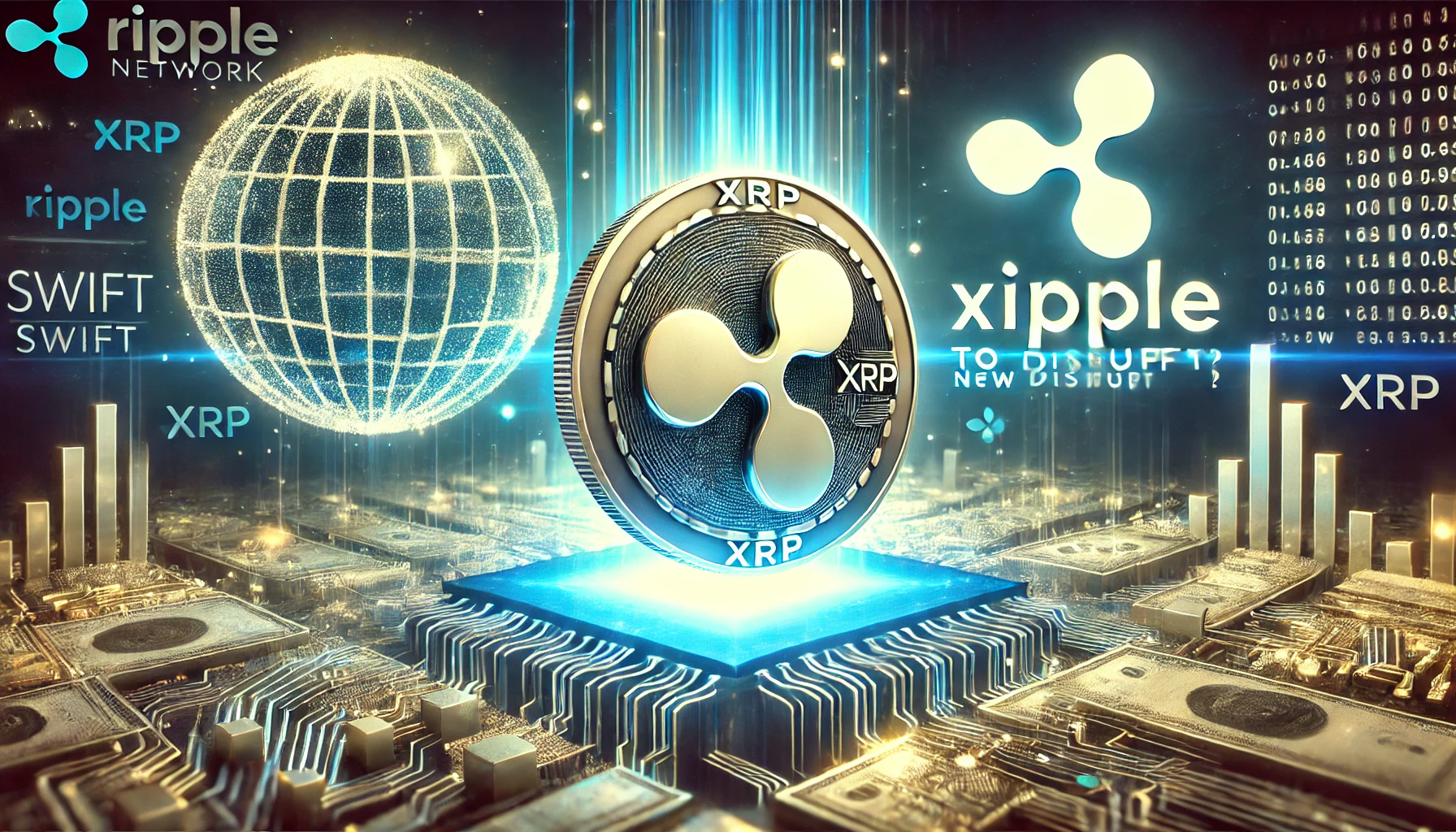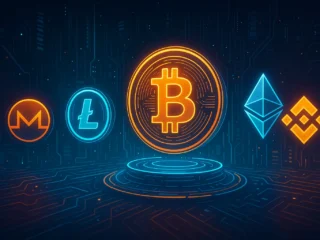Ripple introduces Deep Freeze for XRPL-TOKEN-more security and compliance

- The now possible complete freezing of asset accounts ensures better institutional compliance.
- Deep Freeze from XRPL in particular increases security and control in RWA tokenization.
With the increasing acceptance of blockchain in institutional finance, the need for safe, compliant and controlled asset management has increased. To achieve them, the XRP Ledger (XRPL) Community proposed the Deep Freeze change (XLS-77D). This update is intended to provide token emitters to greater instruments in order to restrict the movement of assets to the account level and at the same time to maintain decentralization and transparency. To the extent that institutions turn to XRPL to issue tokenized RWA (real-world assets), Deep Freeze could become a key function that supports regulatory and security requirements.
The asset freeze functions on XRPL
As CNF reported, Deep Freeze extends the existing function for freezing the XRPL Trustlines by enables issuers to block all outgoing transactions from a certain account. While the current system only restricts new transactions per asset, it does not prevent customers from transferring existing credit. This restriction leads to problems with enforcement, especially in scenarios with high risk and on a large scale.
According to the proposal, Deep Freeze works at the protocol level and in urgent cases offers issuers better control over compliance with the regulations. It limits all options for the transfer of assets and not just new activities, which makes it suitable for applications that are suitable for sanctioned facilities, the legal enforcement or the control of fraud.
Stable coin emitters, for example, must be able to stop both transmission and reception functions if they are confronted with an official order. XRPL already houses several stable coins, including RLUSD from Ripple, EURCV from Societe Generals Forge and BBRL from Braza Bank – and the existence of deep freeze could help to attract other regulated issuers such as circle. The change enables issuers to meet global compliance standards and at the same time ensure traceability on the chain.
Institutional demand for Blockchain-Tools mit Compliance control
Institutions that develop tokenized products require tools that reflect traditional compliance controls. Deep Freeze adds an additional control level for central banks, asset managers and payment providers on the chain. The restriction of assets to compromised or on the black list is the key to fighting fraud and compliance with legal regulations.
Since the regulations change in different countries, financial institutions require on-Ledger tools to support the transparency of the enforcement. By freezing assets on XRPL, issuers can react to regulatory measures without endangering the decentralization of the network. With Deep Freeze, XRPL adapts to the modern institutional financial system, in which the control of assets is not optional but necessary.
In order to coordinate the change, XRPL validists can take part in the network’s voting process. The official guide to the changes describes the steps for coordination and understanding the governance framework.
While the tokenization absorbs speed, Deep Freeze represents the XRP Ledger as a blockchain that was developed with a view to institutional controls. It is a step towards a bridge between the traditional finance and the decentralized world, which offers safe and transparent tools for the management of digital assets on a large scale.








No Comments